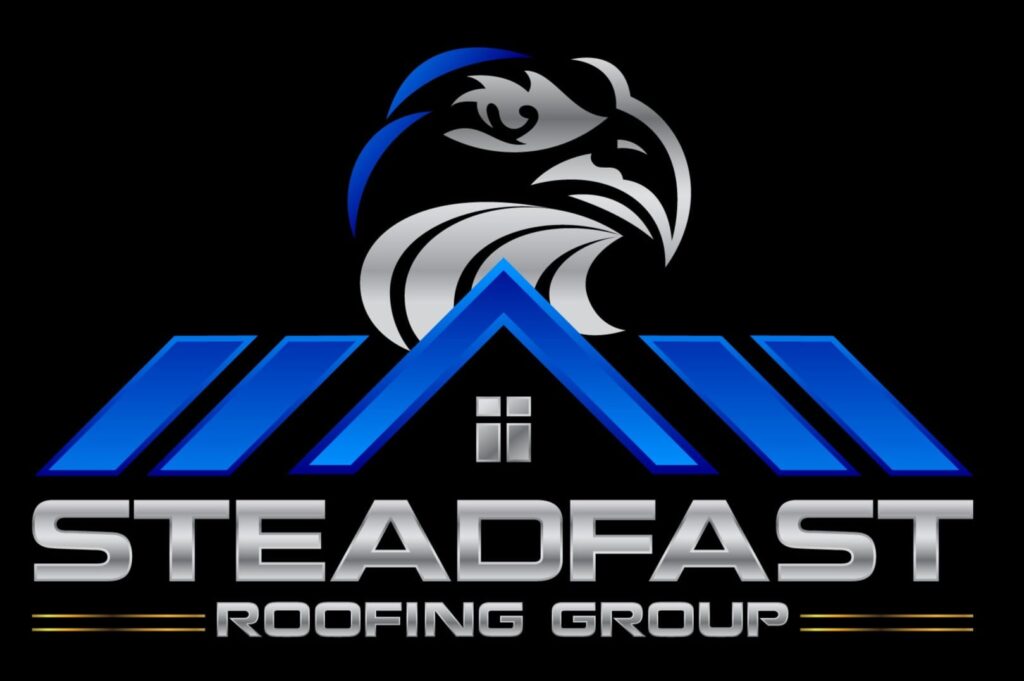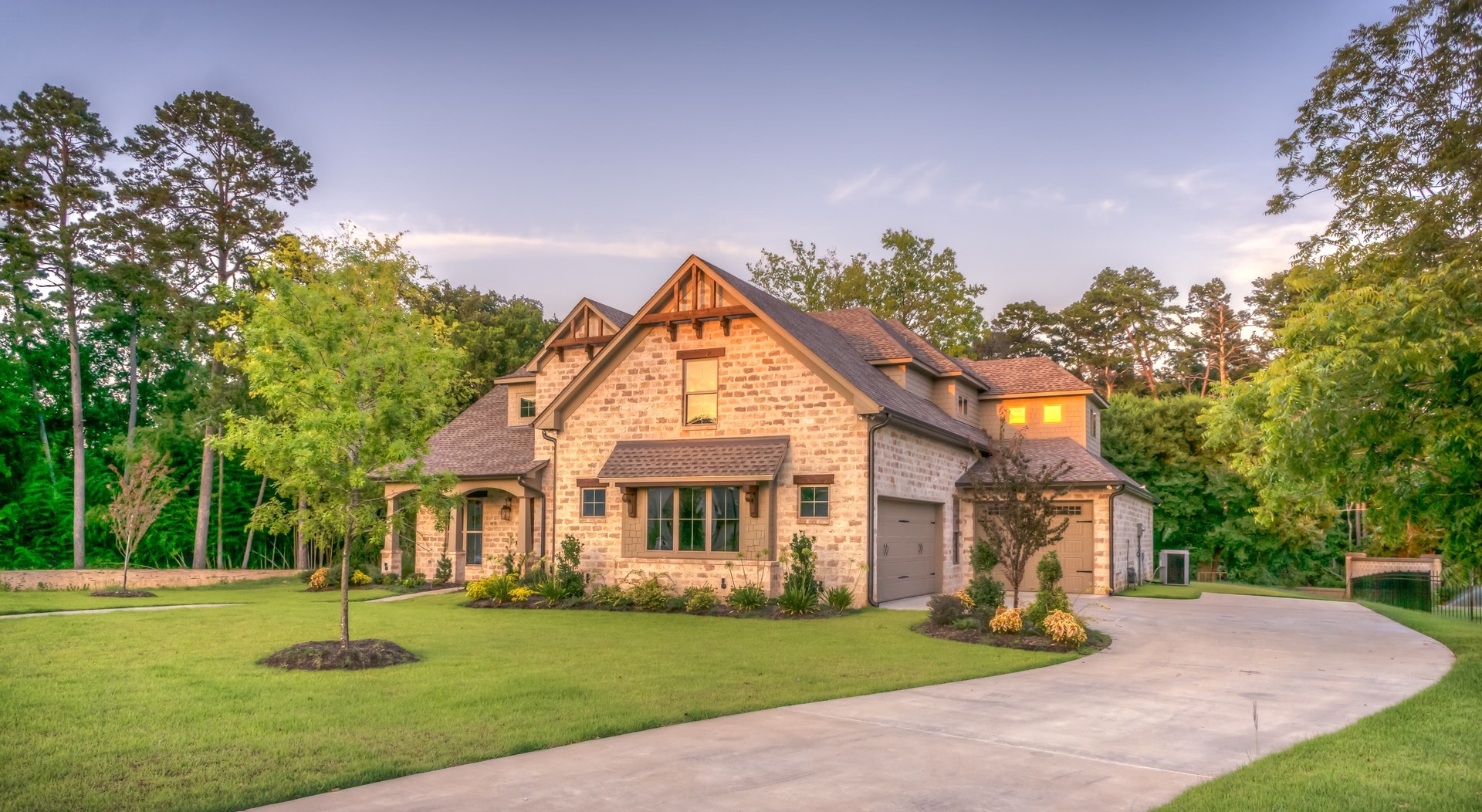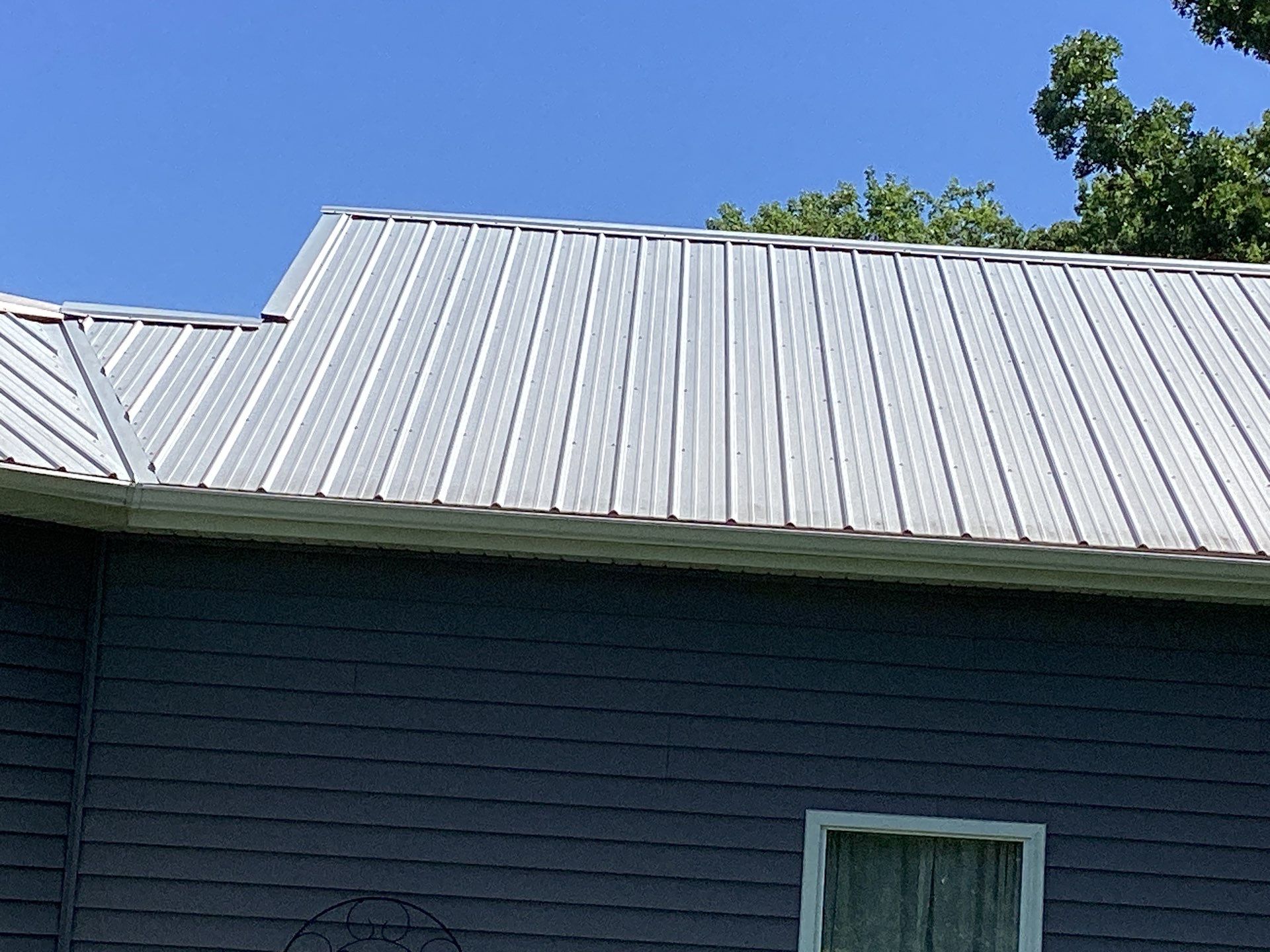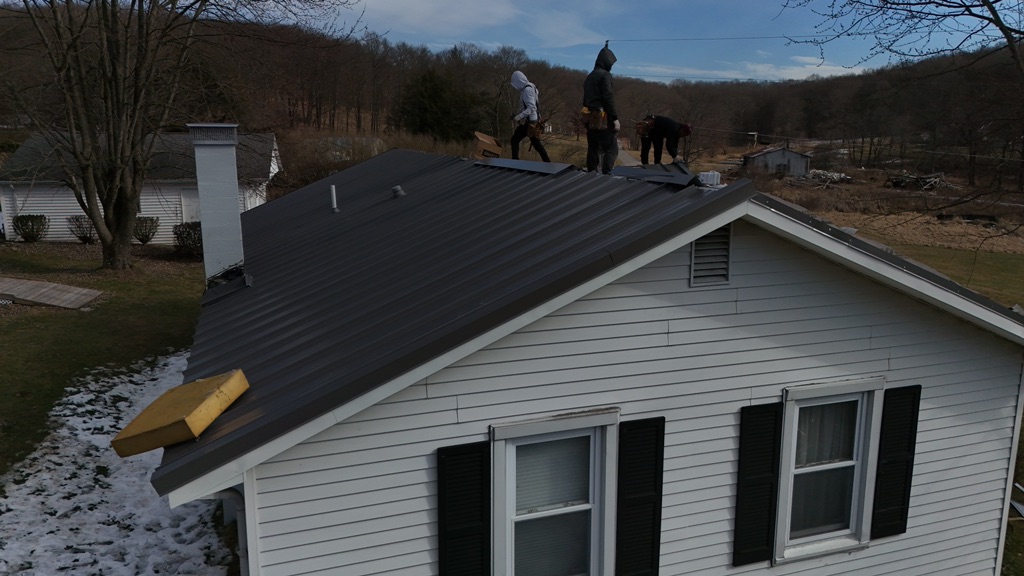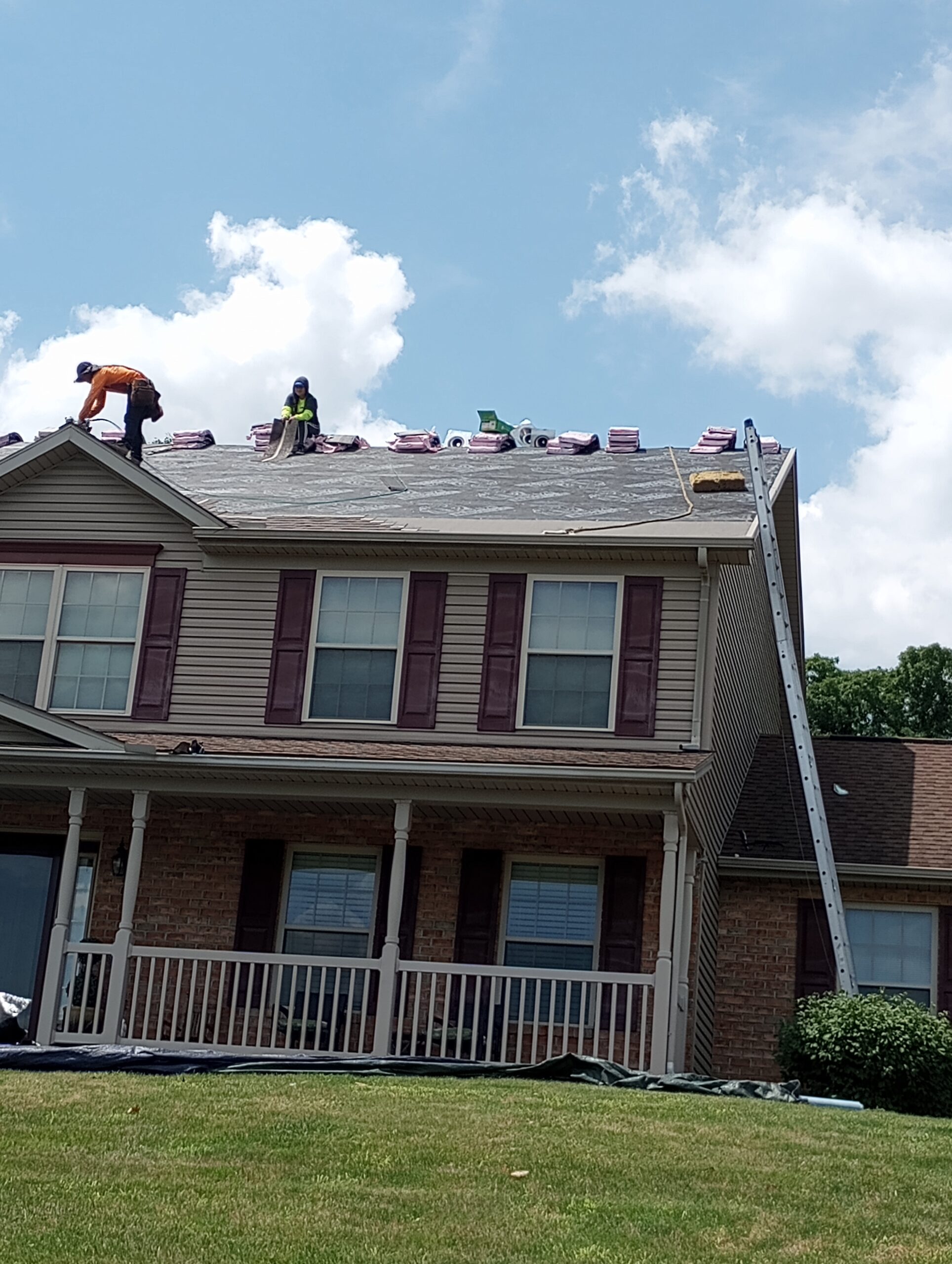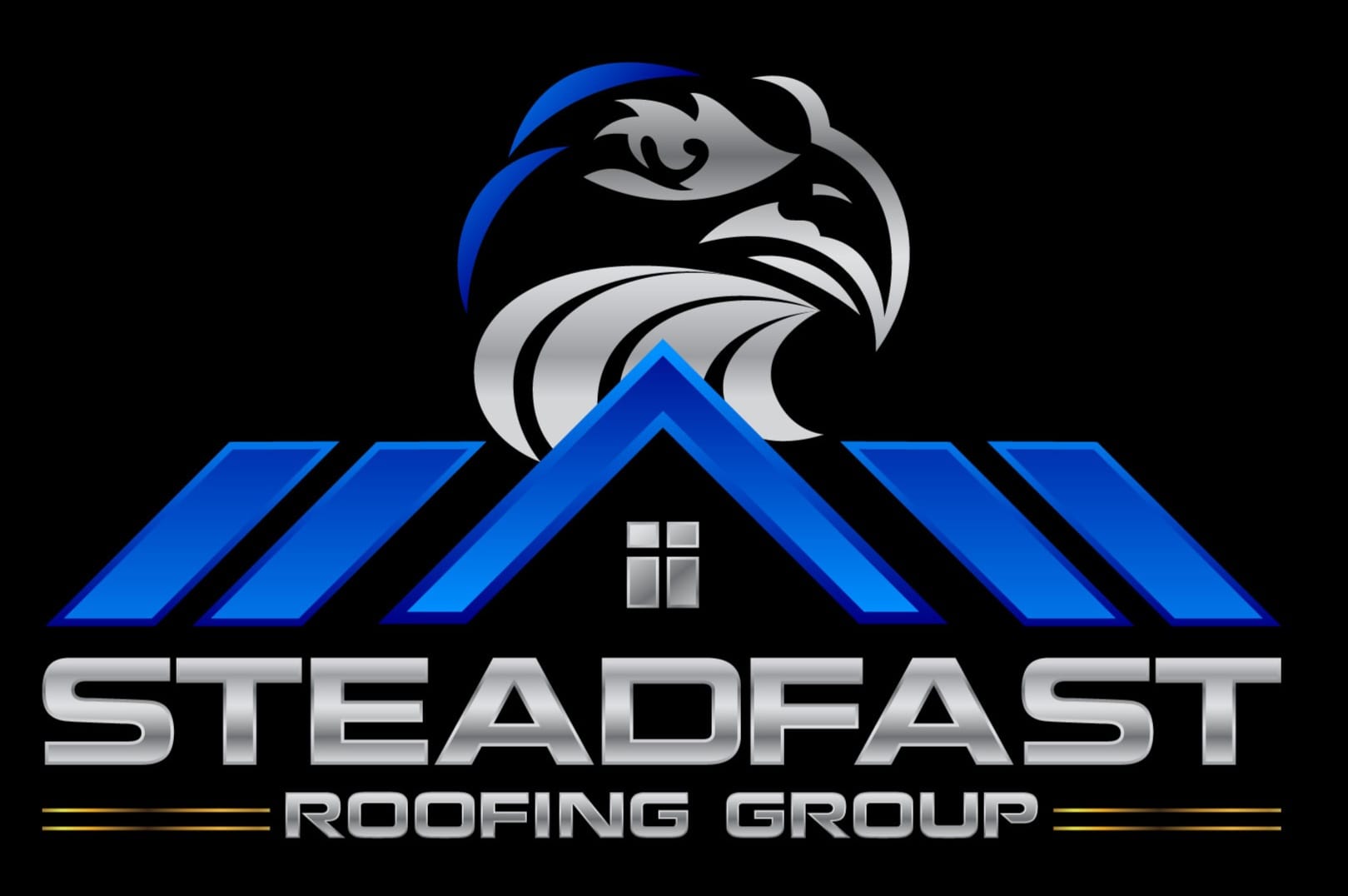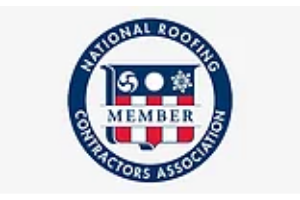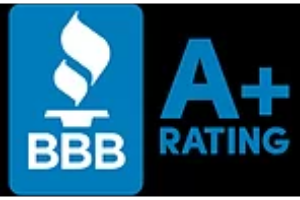Roofs are an integral part of any structure, and it is important to ensure that they remain in good condition over time. To help with this, it is beneficial to have an understanding of common roofing problems and how best to identify them.
This article will explore the various types of issues that can arise with roofs and provide guidance on how to resolve these issues effectively. Moreover, detailed steps for inspecting a roof correctly will be outlined, as well as methods for identifying specific weather-related problems such as hail damage or wind erosion.
Furthermore, solutions for repairing existing damages caused by the elements or other factors will be provided. By following the advice given in this article, readers should gain a better understanding of what needs to be done when addressing typical roofing concerns.
Understanding Roofing Issues
Roofing problems can cause extensive damage if left unchecked. It is important to understand what causes these issues, how to identify them and the best ways to address them. Regular preventative maintenance and general upkeep are key strategies for avoiding roofing problems in the first place.
A visual inspection of your roof should be done at least twice a year. Look out for signs such as missing or damaged shingles, water stains on walls or ceilings, deteriorated flashing around vents, chimneys and skylights and any other visible defects that could indicate underlying structural issues with your roof.
If you spot anything unusual it’s important to have a professional inspect it right away. They will assess the condition of your roof and advise you whether repairs are necessary or if complete replacement may be needed in order to avoid further damage down the track.
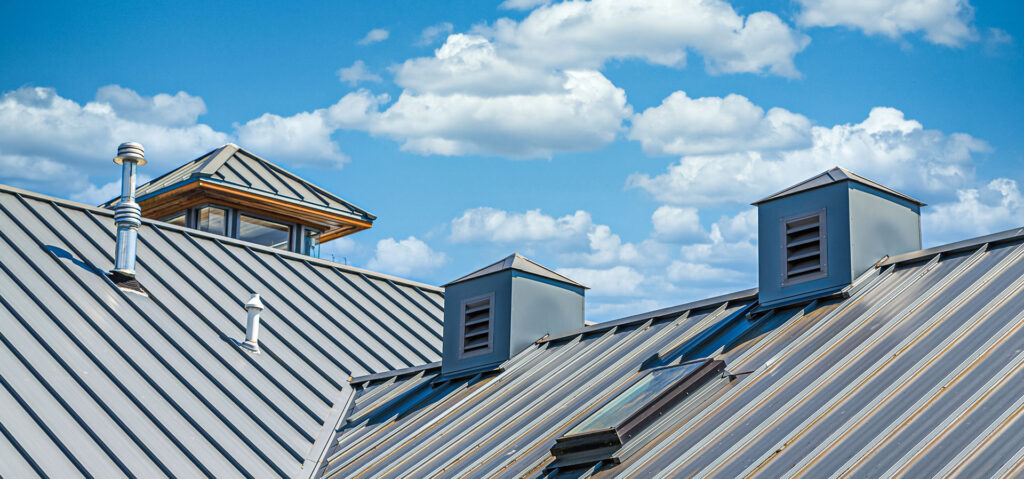
Inspecting Your Roof
Regularly inspecting your roof is an important part of preventative maintenance. Not only will it help you identify current and potential problems, but can also save you time and money in the long run.
When doing a roof inspection, make sure to check for any signs of damage such as loose or broken shingles, water stains on ceilings, mold growth, rust spots on flashing, standing water or debris build up on the roof surface.
After noting any problem areas that may need immediate attention, look into possible solutions and determine if they are within your budget. It’s worth investing in proper repairs now rather than waiting until a more serious issue arises later down the line which could require costly replacement work.
Hiring a professional roofer might be necessary depending on the extent of the issues involved; however this upfront cost should pale in comparison to the amount saved by avoiding further repair fees due to negligence over time.
Inspecting your roof regularly is essential for ensuring its longevity and preventing steep repair costs from accumulating later on. Investing in regular inspections can help keep both small and large scale damages at bay while protecting your home’s structural integrity and saving you time and money in the future.
Identifying Weather-Related Problems
Weather-related problems are among the most common causes of costly roof damage. A homeowner should be aware that failing to properly address these issues can lead to more serious and expensive repair bills down the road.
To avoid this, homeowners must have a plan in place for preventing weather-related damage to their roofs. Proper maintenance is key for avoiding rot or other deterioration caused by extreme temperatures, precipitation, and wind.
Regularly inspecting your roof can help identify any potential problems before they become too severe. This includes checking for missing shingles, cracked flashing, or loose nails which could cause water leakage or rusting.
Additionally, it’s important to clear away debris from gutters so rainwater can flow freely off your roof and ensure that there are no trees hanging over your home as these branches may scratch or puncture the surface of your roof when blown by strong winds.
Taking proactive steps like these will go a long way towards protecting you against future damages and keeping repair costs low.
Dealing With Leaks
The integrity of a roof’s seals is critical in preventing leaks.
Checking the seals for signs of wear and tear, such as cracks or gaps, can help identify potential problems before they become major issues.
It is important to inspect all areas where vents, pipes and other fixtures connect with the roof.
Areas that are not regularly monitored may be more prone to water infiltration due to lack of maintenance.
Properly installed flashing can also help keep moisture out by providing an extra layer of protection around vulnerable spots like chimneys and skylights.
Furthermore, ensuring that gutters are free from debris will reduce the risk of standing water causing damage over time.
Taking these preventative measures now can save homeowners considerable frustration down the road.
Repairing Damaged Shingles
Leaks can cause damage to the roofing structure, and it is important to address them as soon as they are discovered. Once a leak has been found, repairs should be conducted in order to prevent further damage or costly replacement of the entire roof. Repairing damaged shingles is one way to keep leaks from developing or worsening.
When repairing damaged shingles, it is essential to evaluate both the cost and time necessary for completion. Depending on the extent of damage, replacing individual shingles might be all that’s needed; however, larger sections may require complete replacement of the affected area.
Additionally, applying an extra layer of protection such as sealing tape beneath new shingles will help protect against moisture intrusion in future storms. This extra step requires additional materials but could save thousands by preventing water from reaching vulnerable points within your home’s structure.
It is vital to take proactive steps when addressing any existing issues with a roof system before more expensive problems develop later down the line. Taking care to inspect roofs regularly and repair minor damages quickly can ensure homeowners maximize their roof’s longevity while keeping costs low.
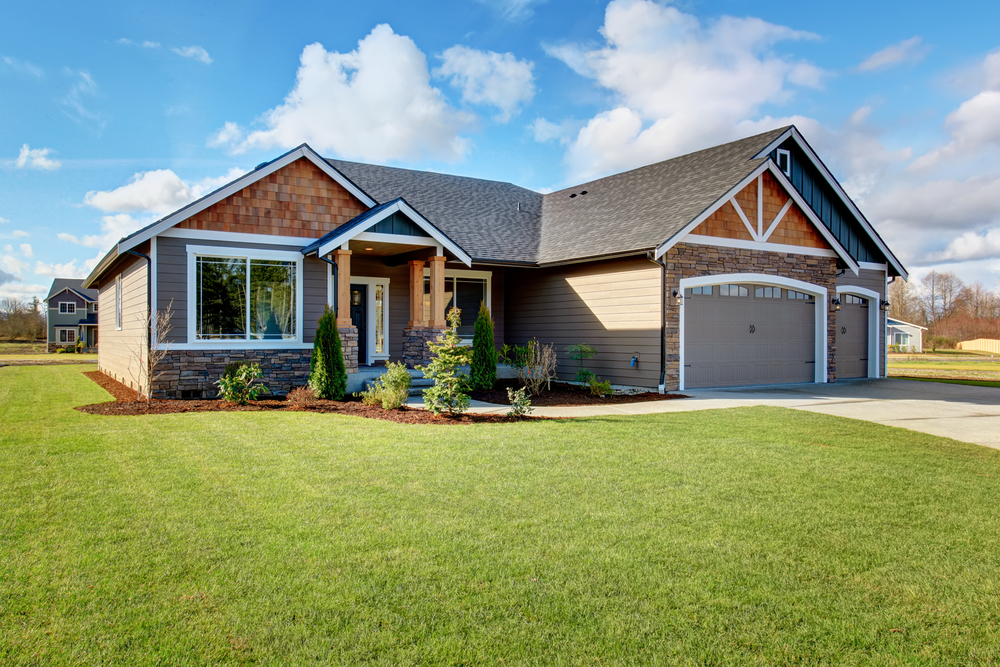
Replacing Missing Shingles
The roof is the primary structure of a home, protecting its inhabitants from the elements and serving as a shield against harsh weather. It is important to ensure that the roof remains in good condition and free from damage.
Missing shingles can be particularly problematic, making it essential to replace them quickly. When replacing missing shingles, one must first purchase supplies such as new shingles, nails or adhesives. The size and type of materials will depend on the specific project requirements.
Once all necessary items have been acquired, installation begins with positioning each piece onto the surface before nailing or gluing into place. Doing this correctly requires precision, skill and patience; any mistakes could compromise the quality of workmanship and result in further problems down the line. As such, it is recommended to seek professional assistance if unsure about how best to undertake repairs.
Addressing Other Issues
Replacing missing shingles is an important step in keeping your roof in good condition, but there are other issues that can arise.
One common problem homeowners face is preventing water damage from rain and snow. Waterproof sealants should be applied every few years to help keep the roof materials dry. Additionally, installing insulation around the edges of the roof can help minimize heat loss during cold months.
When inspecting a roof for any potential problems, it’s also important to check for signs of wear or deterioration. Pay special attention to vents and chimneys as they may need repairs if they have been weakened by weather conditions over time.
Finally, make sure all flashing points are secure and free from rust or corrosion which could lead to leaks down the line. Taking these steps will provide long-term protection against any further roof damage.
